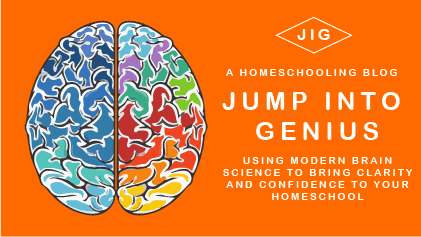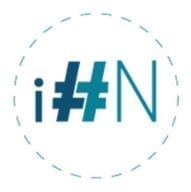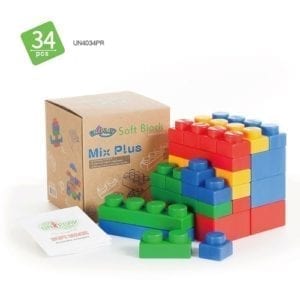
MathArt in Ancient Cultures is part of MathArt Online 4-Class Bundle, hosted by NatureGlo’s eScience. The bundle includes four six week classes, each of which can be taken via live or recorded versions. For this review, we focused on the MathArt in Ancient Cultures class. Other Classes provided are Math Connections with the Real World, Mathematics in the Arts and Sciences, and MathArt-Patterns in Nature, you can access reviews to these other sections by visiting the Homeschool Review Crew link here.

During the review period, our family was able to go through 4 out of the 6 weeks of lessons provided. We used the recorded version and studied together with my 10 and ups. (See the review graphic for specific ages).
I love connecting subjects, to me, the connections between subjects are part of what makes learning engaging and interesting. This class seems to have a primary goal of connecting math and art and history. Some weeks were heavier on the history side, others on the math side, and others on the art side, depending on what the subject of the lesson lent itself to most easily. We have studied math history in the past, and even done our own math unit study connecting math to other subjects, but even with our past experiences in this area, there was still new information provided and even my oldest kids learned new things.
My oldest was quite captivated with the base 60 number system presented in one of the lessons and went through many of the extra materials that are provided at the end of the lessons for further exploration. He says he wants to become fluent in the arithmetic of the base 60 number system. (No, he is not a math nerd, he is my creative spirit.)
One thing I wish the class bundle included is a supply sheet. We enjoy jumping in and doing all the art projects alongside the lessons, and there are a few odd supplies a person might not have on hand, that I would rather have collected ahead of time.
My kids really went to town with the Platonic Solids craft and kept making more and more in the days following the lesson. We want to try our hand at the Indian sand art, but did not have colored sand on hand, so the project is postponed until mom gets a bit of time for craft store travels.
We have never done a live class before, and although we used the recorded version, it was a new experience for us. Listening to other kids read information off of slides and add comments and questions to lesson was different. Some of my kids hated it and would have preferred to just listen to the teacher read the slides. (You can download and view/read the slides yourself.) They felt the teacher should have corrected the students more often when they mispronounced words or shared inaccurate information. (For example, the library of Alexandria was mentioned as being something a student knew about Ancient Greece and it was not clarified that the location of that library was Egypt, not Greece, this really upset my kids.) I did not personally feel that anything was gained from viewing the recorded presentation of the slideshow versus just reading it yourself.
For a live class I had much higher expectations as far as how much information would be added to the slideshow by the teacher. I think of slideshows as key points and expect more details to be added by the presenter. This was not the case with this class, as the slides were just read by either the teacher or students in the live class.
I had my husband join us for the intro and main lesson portions of one of the lessons, as he has a master’s degree in mathematics and always has strong opinions about how math is presented. He felt the main lesson was lacking in organization, clarity, and relevance. There was a mishmash of important facts with unimportant facts with no distinction between the two. Also missed was a definition of the main lesson topic. The math connection went unexplained.
I would consider this a supplementary course, meaning you would not really be covering enough math to merit not using a separate math curriculum. It could perhaps cover history and art if you dig into the extra resources listed on the last lesson page.
Overall, I thought the best parts of the class were links to outside materials. The slideshows given by the teacher did not, in my opinion, add enough value to justify the cost of this course. There is always some value in being able to quickly use relevant resources that have already been curated for you, but I expect the greatest value of a paid product to be in its premium content.





2 Responses
so some things they liked, others they did not. A real mixed bag eh?
Yes, the kids had mixed feelings on this one and wavered a bit in trying to decide how many stars they wanted to give.